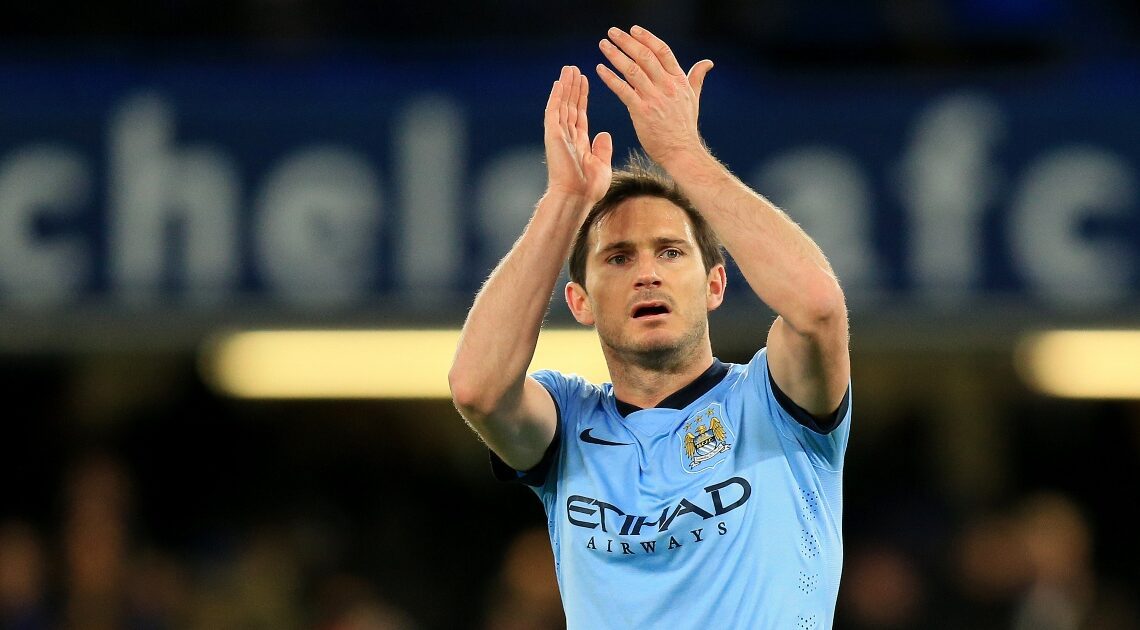When Frank Lampard left Chelsea for Manchester City at the age of 36 in 2014, few expected the England international to be anything more than an ambassador. He was much more than that.
In the Sheikh Mansour era, Man City’s record with free transfers has been nothing short of erratic.
During the 2009-10 season, for example, the club brought in three players for nothing: third-choice keeper Stuart Taylor (28), veteran Brazilian wing-back Sylvinho (35) and former Arsenal captain Patrick Vieira (33).
Unsurprisingly, none had a profound impact on the pitch. In fact, the only important consequence of those deals was Vieira’s conversion to a ‘Football Development Executive’ upon hanging up his boots.
But if an ageing Vieira had seemed like an odd signing, the Frenchman’s retirement coincided with an even stranger piece of Bosman business.
After barely kicking a ball for three whole seasons, former England and Manchester United midfielder Owen Hargreaves found himself with a Man City deal at the start of the 2011-12 season.
Nobody could get their head around it: some suspected the move was intended to irritate United, while City boss Roberto Mancini suggested it was more to do with Financial Fair Play.
Either way, the 30-year-old would make just four appearances in his single year at City, never to play again.
Familiar patterns
In many ways, City’s signing of Frank Lampard in 2014 had parallels with the Hargreaves move.
Both players — each a former England midfielder — were signed from a top-level Premier League rival, and both, significantly, had suffered apparent mistreatment from their previous clubs (at Manchester United and Chelsea, respectively).
Both clearly had something to prove.
The only obvious difference between the two deals was their level of opacity: few teams had been interested in the unattached Hargreaves, while Lampard ended up in a contractual tangle between two interconnected clubs.
Before getting into the details of the transfer, however, it’s worth remembering that Lampard’s final season at Chelsea had been a strange one.
While the return of Jose Mourinho in 2013 appeared to herald playing opportunities for the old guard, Lampard was used more sparingly throughout 2013-14 than other survivors of the early Abramovich era.
While John Terry and Petr Cech each clocked up over 3,000 minutes of Premier League game time, Lampard played just 1,701.
Just as he would do with Wayne Rooney in 2016-17, Mourinho had quietly…
Click Here to Read the Full Original Article at Football365…

